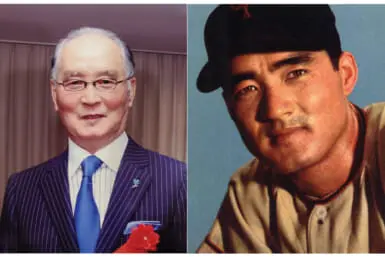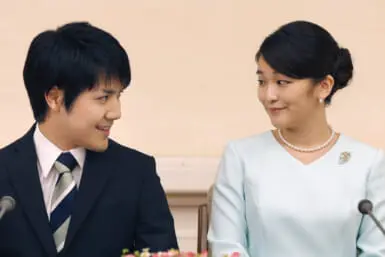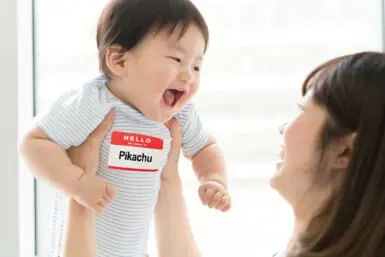“When I came here three years ago, people only had a vague idea of what bubble tea was.” This is what a friend of mine told me shortly after landing in Tokyo as we walked through the streets of Shinjuku and saw about four tapioca stands with a couple of tourists and high school girls waiting for their share of sweet bubbles and sugar milk.
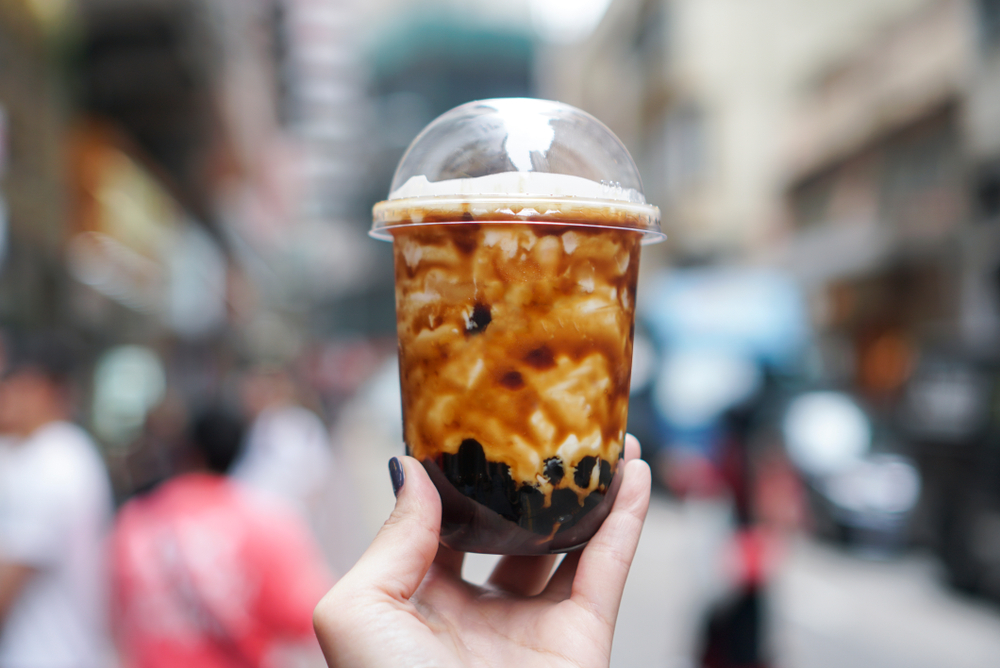
By now, you’ve probably noticed the increase in sidewalk lineups and plastic cup littering that’s making even the somewhat-clean alleys of Tokyo look like the aftermath of the Shibuya Halloween party. Tapioca stores have been sprouting in the city like invasive fungi. I have the odd impression I’ve spotted more bubble tea stores than Starbucks cafés, and lately fast-food chains like Wendy’s and Jonathan’s added the drink to their menu making it almost impossible to avoid. That’s the straw that broke the camel’s back.
I love a good, sweet tapioca drink when the mood or weather calls for one, indulging every once in a while but never going out of my way for and certainly not lining up for six hours. Very, very few restaurants will make me walk beyond a three-kilometer radius.
The bubble tea fanbase is massive and evergrowing. At the start of it all, the demand was so high that there was no other choice but to build more and more stores to feed the Insta-hungry teenagers. In Harajuku alone, including Takeshita-dori and Cat Street, there are currently about 40 of them. They fully embrace the free promotion they get on social media (what business wouldn’t) despite struggling to keep boba in stock. “We need some kind of place with very trendy and cheeky decor inspired by tapioca milk tea,” said one 13-year-old between two tweets about the latest episode of Terrace House. Ask and you shall receive.
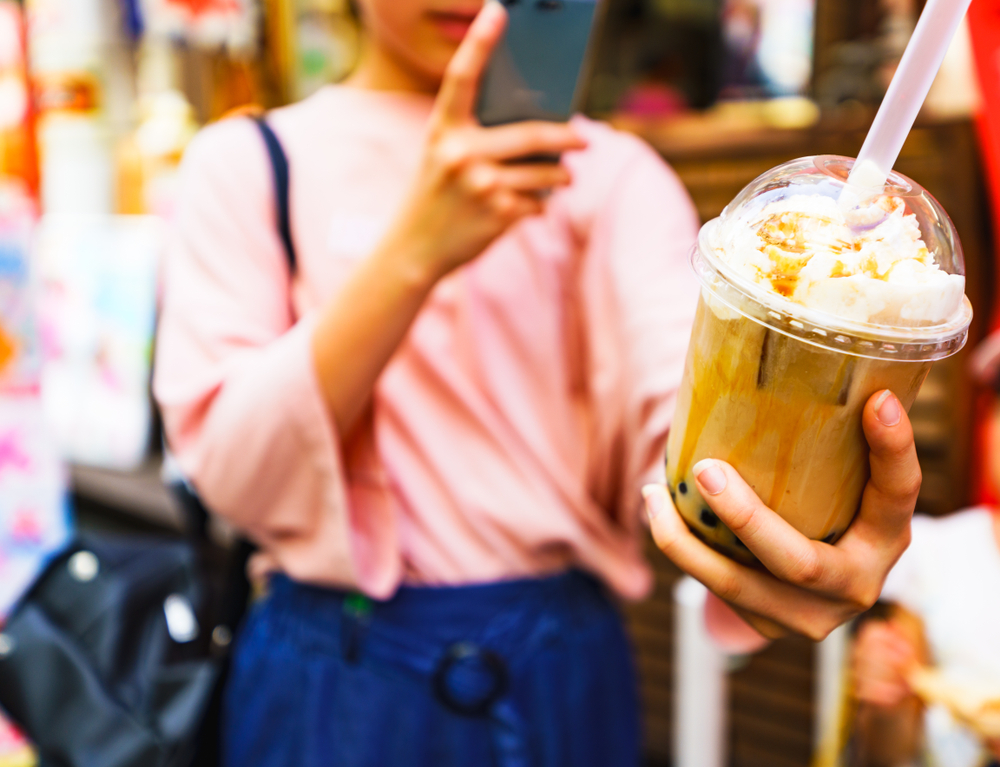
The reason behind the sudden boom? There are a few speculations.
Many seem to view these last few years as redemption for Japan missing the first bubble tea train that left Taiwan 20 years ago. At the end of the 1990s, there were a few chains that established themselves in North America and Europe. Nothing as crazy as what we’re witnessing here now but enough that bubble tea was an Asian treat many people were familiar with, me included.
The second possible offender is social media. Taking advantage of the heavy use of Instagram and Twitter, tapioca stores have naturally made their drinks and packaging and branding as photogenic as possible, taking advantage of the free publicity they will undoubtedly receive. A perfect example of this is Bull Pulu. With Japan being a small but densely populated country, word-of-mouth is the best way to spread the news.
If you’re thinking that the craze is ridiculous, rest assured, you’re not alone. It’s only a matter of time before for the tapioca trend comes to an end, and many are already claiming the next big things, including popping boba and cheese tea.

